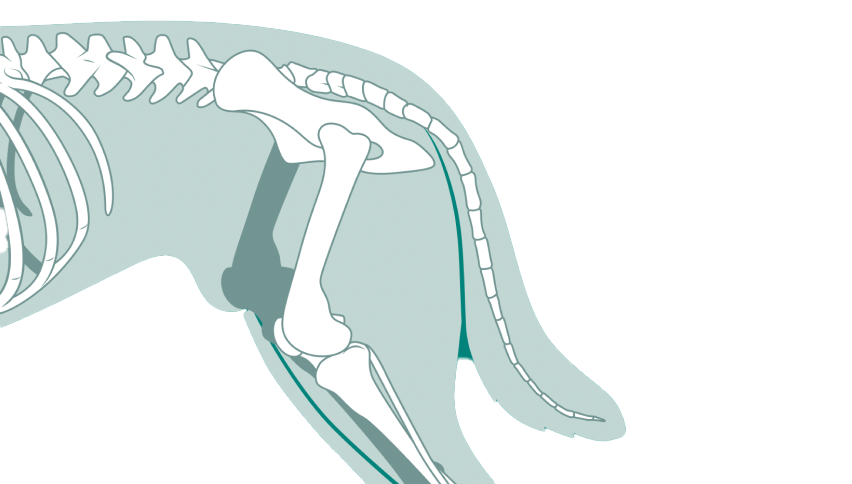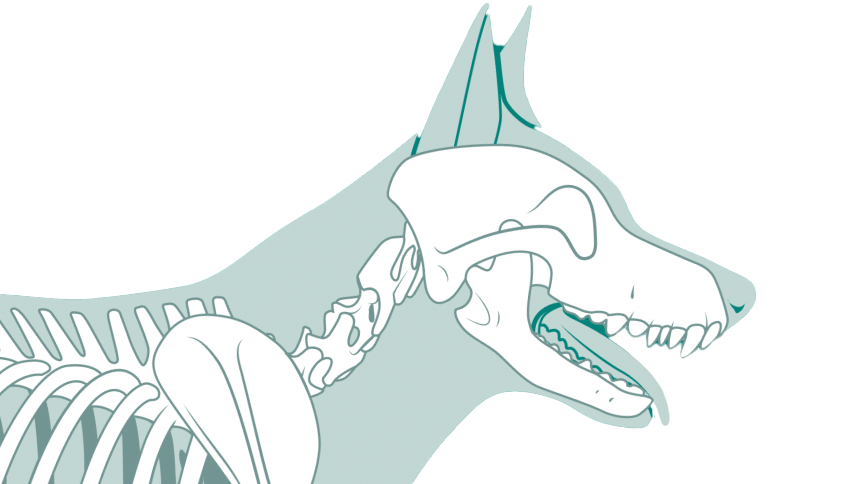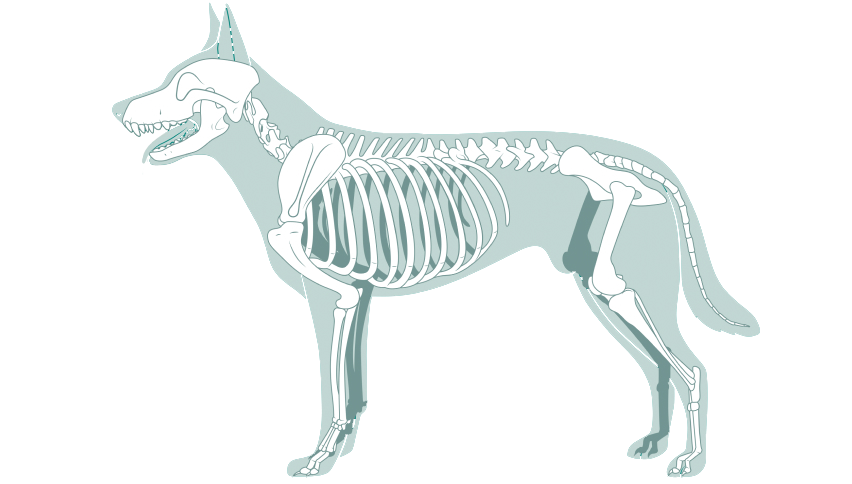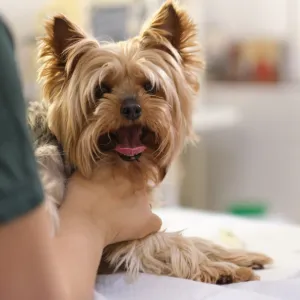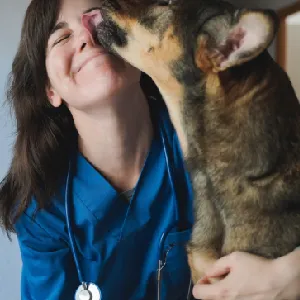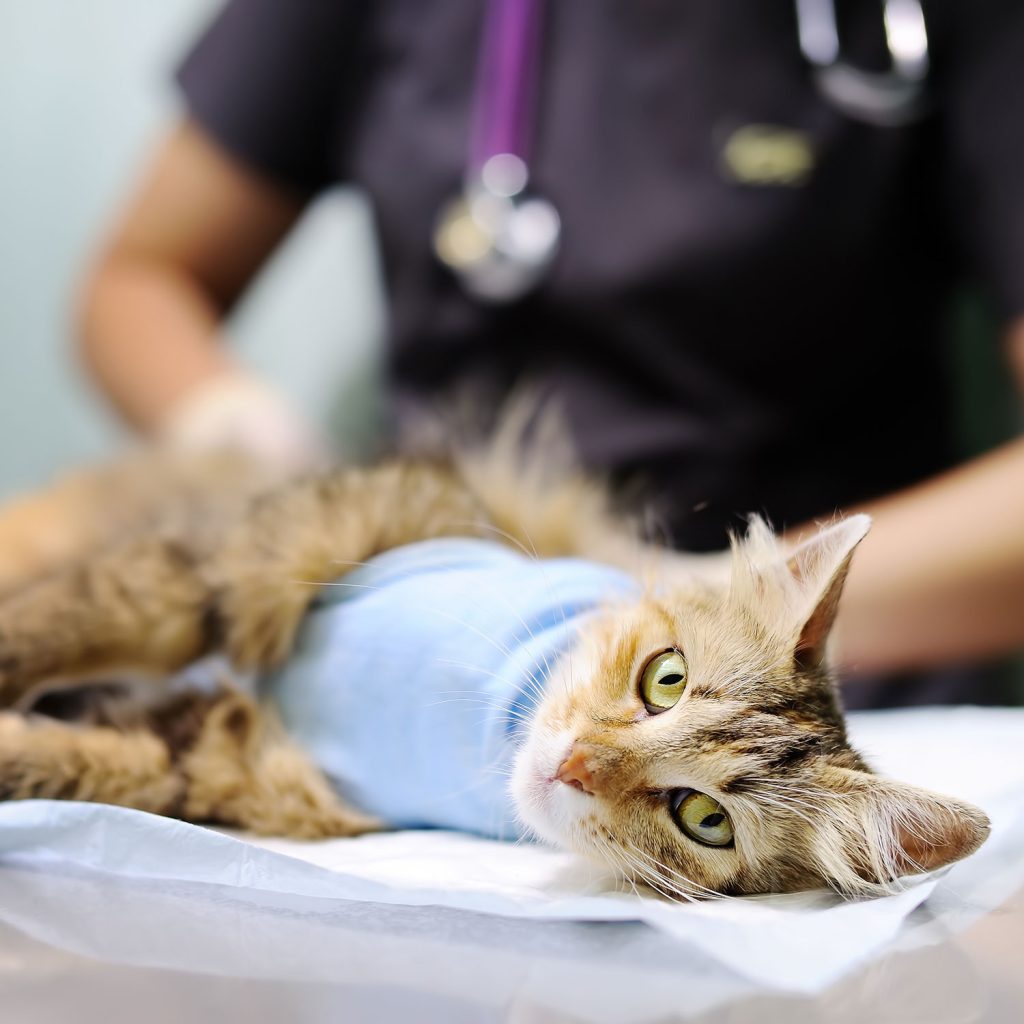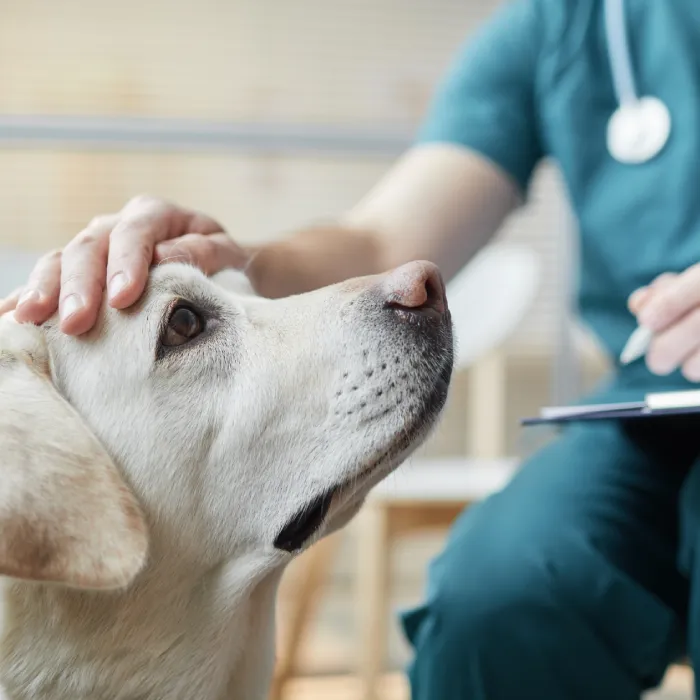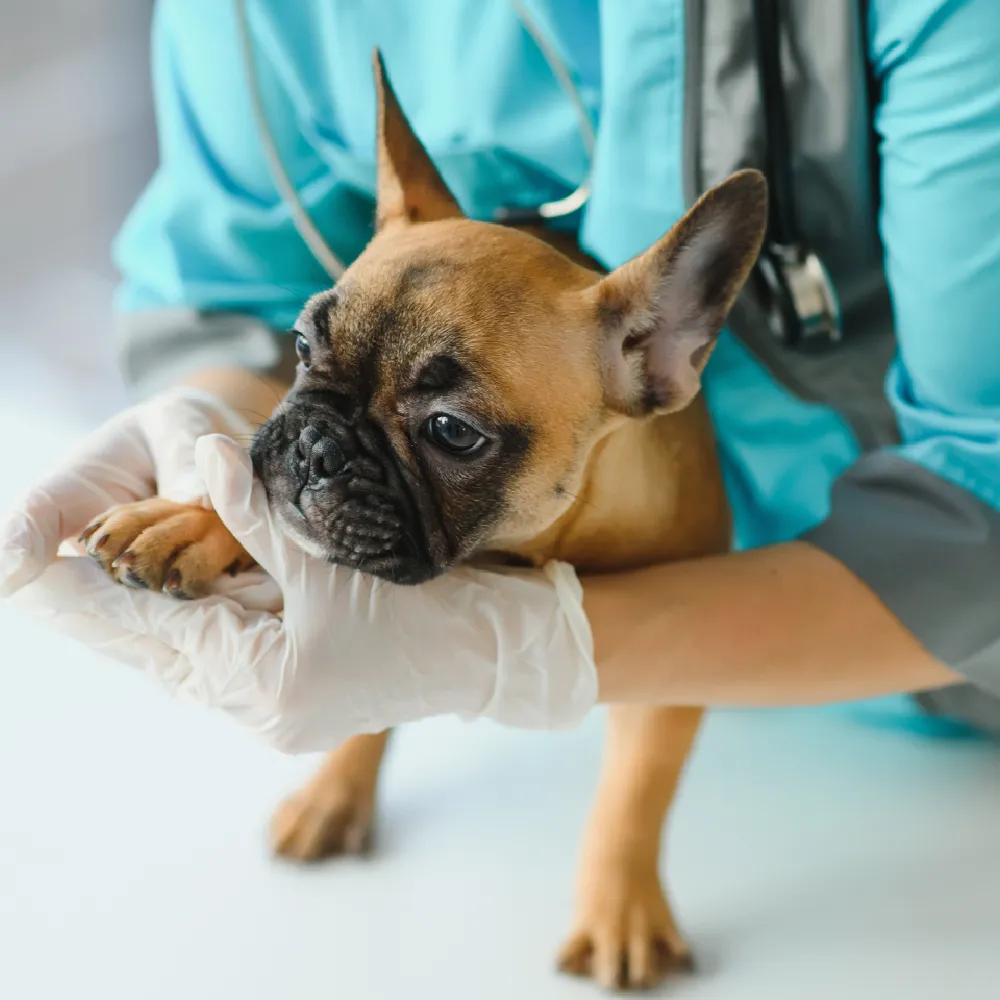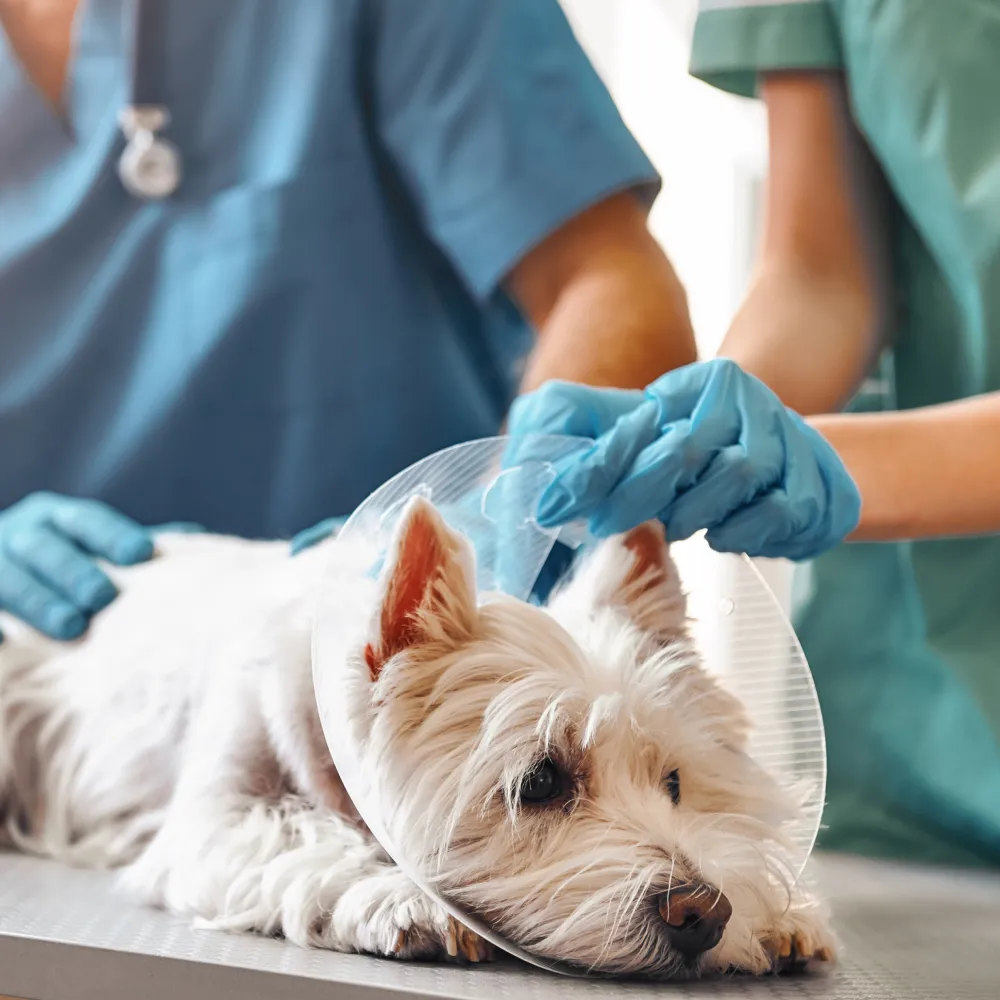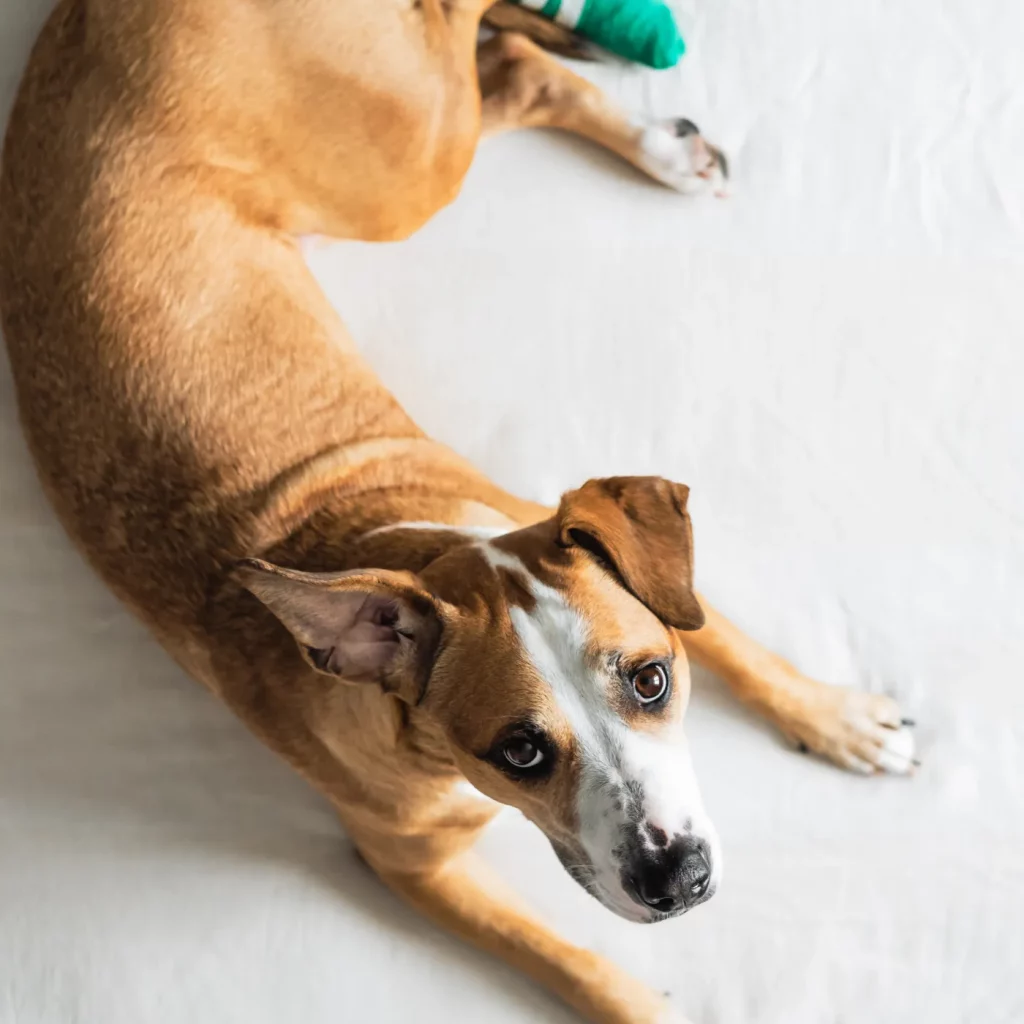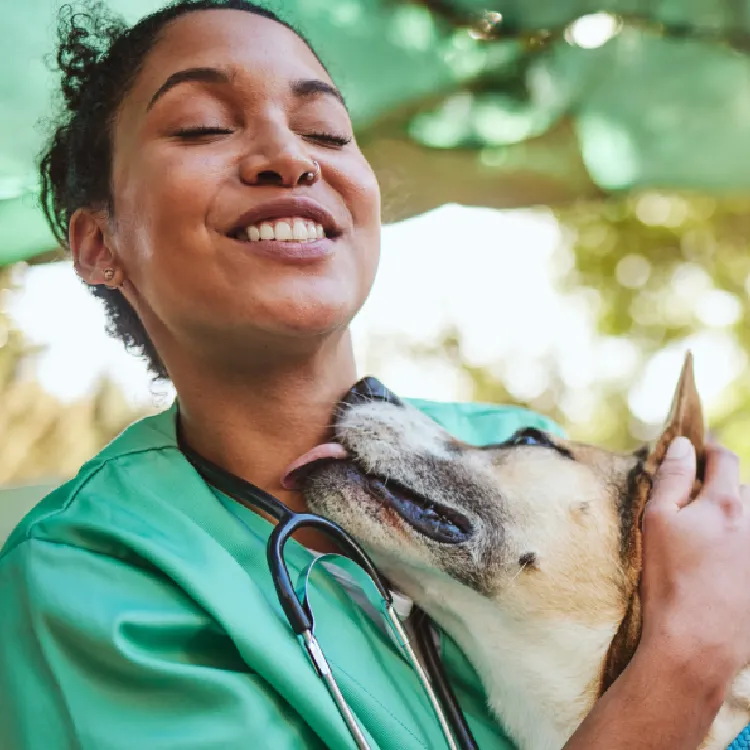Osteochondrosis Dissecans (OCD) is a developmental orthopedic condition affecting the joints of dogs, particularly large breeds. It occurs when a fragment of cartilage detaches from the bone surface, leading to pain, inflammation, and lameness. The most common joints affected are the shoulder, elbow, knee, and ankle.
The arthroscopic-assisted treatment of OCD involves the use of an arthroscope, a small, fiber-optic camera that allows the surgeon to visualize the interior of the joint. This minimally invasive technique offers several advantages over traditional open surgery, including smaller incisions, reduced pain, and quicker recovery.
During the procedure, the pet is placed under general anesthesia. Small incisions are made around the affected joint to insert the arthroscope and surgical instruments. The surgeon examines the joint and identifies the loose cartilage fragments. These fragments are then carefully removed, and any remaining damaged cartilage is smoothed out to promote healing. The joint is flushed to remove debris, reducing inflammation and promoting recovery.
Arthroscopic-assisted treatment is suitable for pets with confirmed OCD lesions causing clinical signs such as pain, swelling, and lameness. It is especially beneficial for young, active dogs with early-stage lesions, as early intervention can prevent further joint damage and improve long-term outcomes. Factors such as the pet’s age, overall health, activity level, and the location and size of the OCD lesion are considered when recommending this procedure.
Diagnosis of OCD typically involves clinical examination and imaging studies such as X-rays or MRI to confirm the presence and extent of the lesion. Once the need for surgery is established, a thorough pre-surgical evaluation, including blood tests, ensures the pet is a good candidate for anesthesia and surgery. Post-operative care involves controlled activity and physical therapy to support joint healing and restore function. Follow-up visits are essential to monitor recovery and address any complications, ensuring the pet returns to normal activities as soon as possible.
Our areas of expertise
Transforming the way orthopedic care is delivered
For Vets
Refer your patients to our specialists using our streamlined online portal.
Referral portalFor Pets
Request a consultation or prepare for surgery with us and experience expert compassionate care every step of the way.
Request a consultation